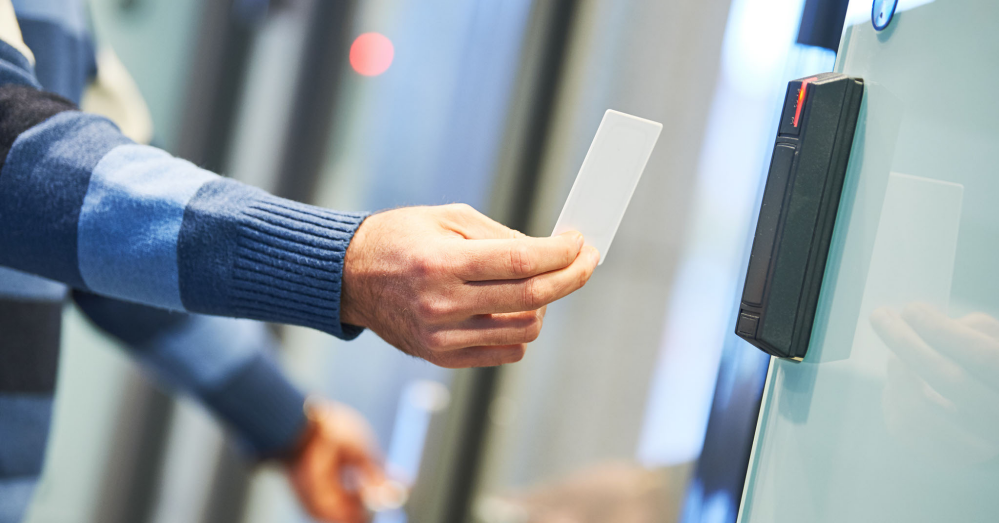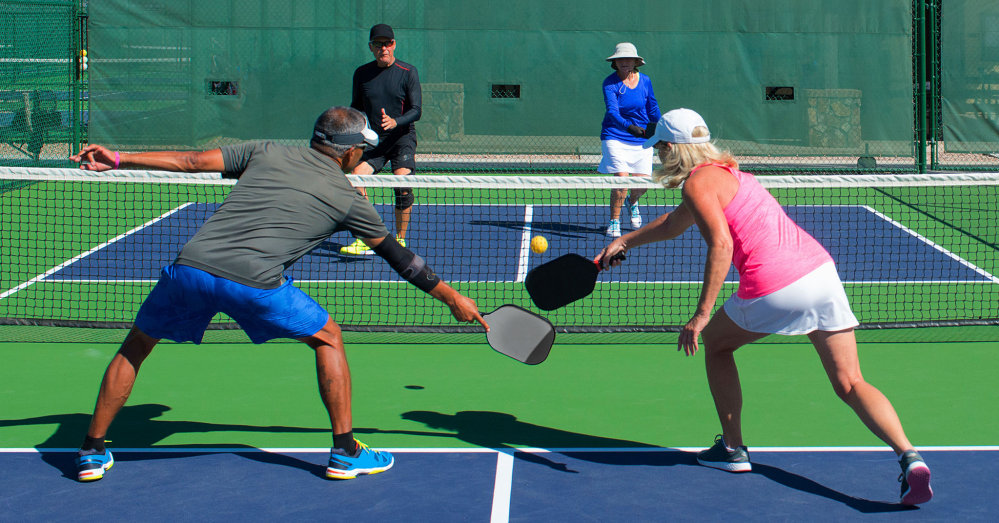
Amenities
Upgrading Common Area Access Control: The Benefits of RFID Tags and Cell Phone Proximity Detection
As homeowner association (HOA) board members, you are always looking for ways to improve the security and convenience of your community. One area that has









